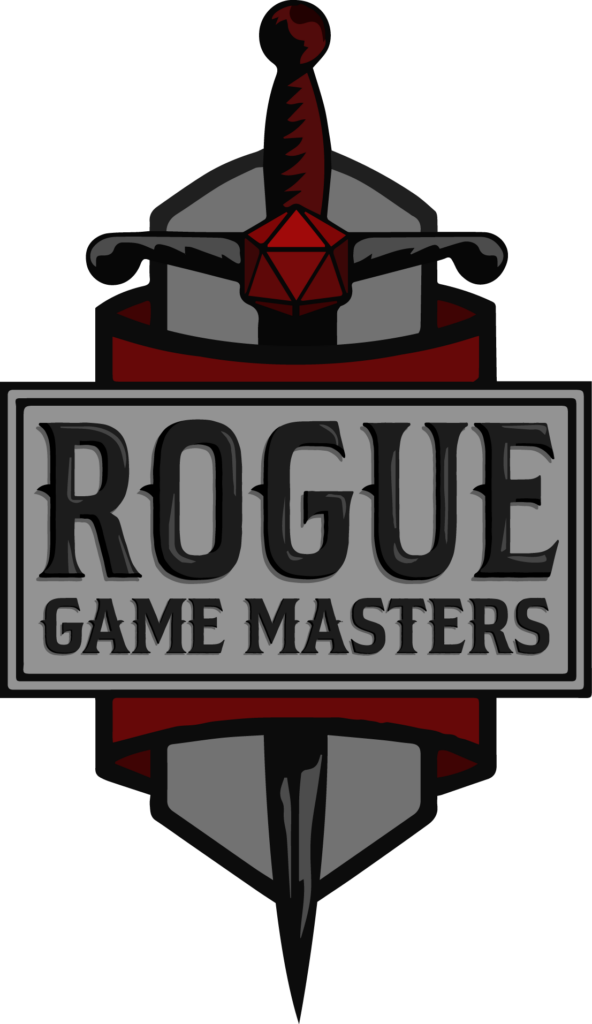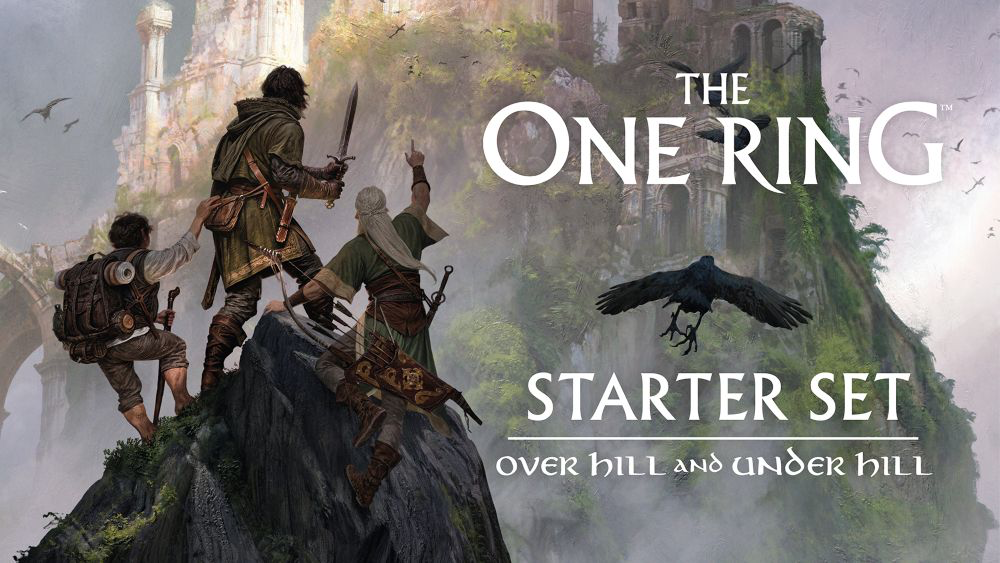I run collaborative, improvisational RPG sessions focused on “theater of the mind” storytelling. We’ll be playing The One Ring: Over Hill and Under Hill Starter Set, a campaign built around fellowship, journey, and story over grindy rules. It’s designed for new players: you’ll join a small fellowship, travel through Wilderland, meet NPCs, and decide where to go and what problems to tackle.
The experience is cinematic and mood-driven; we keep maps light unless a moment demands them, and puzzles and character dynamics drive the session more than brute force.
I’ll bring in fresh rules and settings to keep things lively, and I tailor my approach to fit the group. Your choices shape the path, the threats you face, and the finale.
What to expect from the adventure
– Beginner-friendly entry into a Tolkien-inspired RPG with a strong emphasis on fellowship and journey.
– Episodic, mood-driven play with a clear arc toward a climactic decision.
– A mix of roleplay, exploration, and puzzle-solving; combat is present but used to raise stakes, not as the default.
– Player agency that ripples through the world and future sessions.
– Retcons and side quests available with everyone’s buy-in.
– Safety tools (X-card, Shadows & Veils) to keep things comfortable.
I love board games and RPGs of all kinds. As a GM I lean theater-of-the-mind storytelling over endless maps and minis, though I’ll bring out maps and minis for big combat moments. I’m drawn to puzzles and narrative arcs that aren’t just about fighting.
I’m always picking up new RPG rules and settings, which makes it easy for our group to adapt the game for maximum fun. I’ve been playing since the 1980s, so I’ve learned how to shape my GM style to fit each session. Sometimes my more experienced players enjoy how I compress and expand rules on the fly to serve the story, the characters, and the contests. I like to pack a rich story arc into a single session. I indulge the rule of cool, but I’m not a fan of min-maxing at the table, and I love corruption rules because they steer “murder hobo” energy into a darker, more creative space than alignment ever could.
People tell me I run a fun table. I’m told I’m a “gamer’s” GM. The best compliment is when beginners and experts both enjoy playing with me at the same table. I always feel like I’m learning the real game every time I play. Experienced players appreciate the humor and depth I bring to the story, while beginners appreciate how I lay out the session—how the setup works, how it’s progressing, and how the campaign’s climax objectives unfold.
We use X cards and Shadows and Veils to keep it classy.
I improvise, I’m practiced, and I’m a little unpredictable about stepping away from my own plan to improve the session for everyone. Side quests can be very helpful, though they can also serve as a bit of retconting to fix something that bugs a player, with everyone on board.
I’m all about collaborative, improvisational storytelling. Combat can be a great storytelling context too—there are often combat checks, and it doesn’t have to mean constant fighting. When things get grim, my job is to keep the fights spectacular, aiming for moments that are entertaining and memorable.

